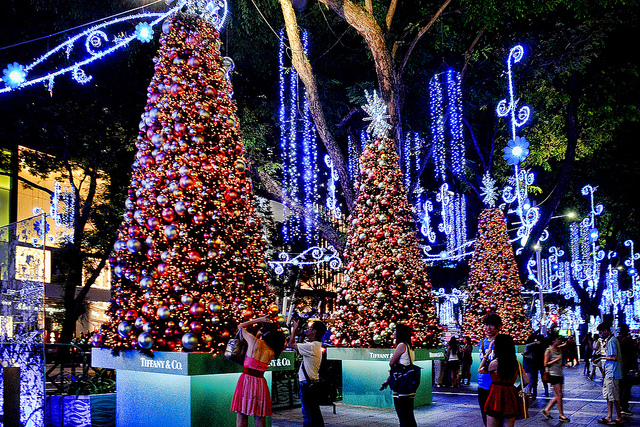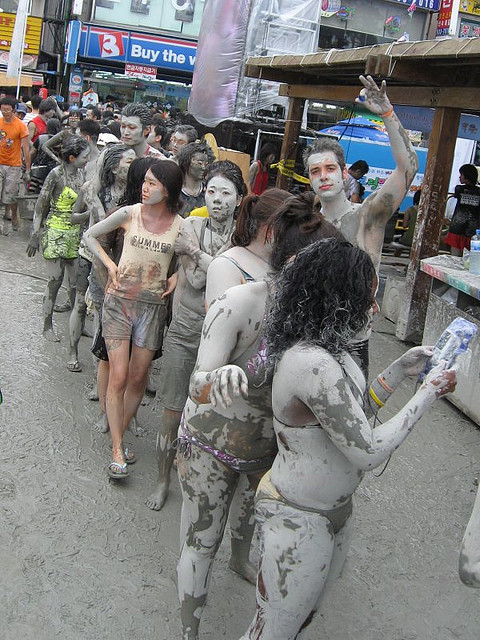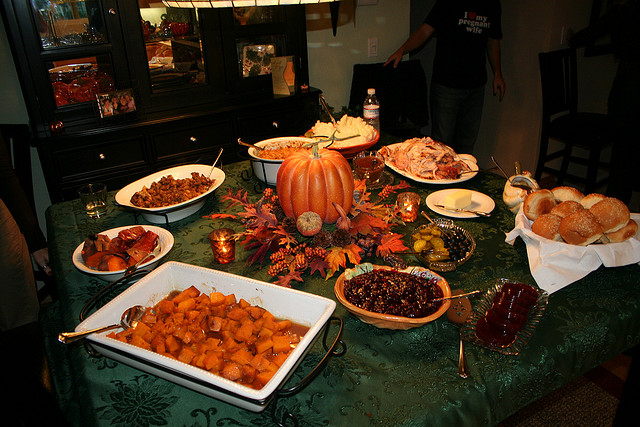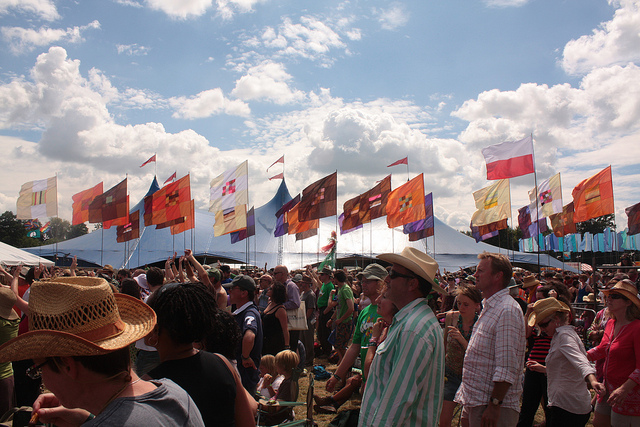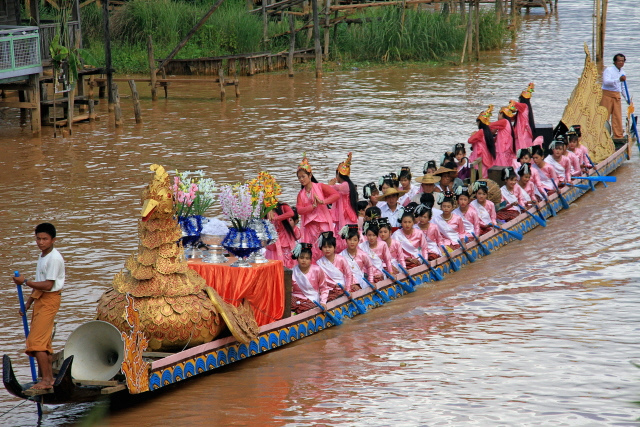Holi is a religious festival strongly observed by India and Nepal. Countries with a diaspora of Hindus also celebrate Holi, particularly Malaysia, South Africa, Trinidad and Tobago, the United States, United Kingdom and Mauritius.
Holi has a particularly strong significance for the people in the Braj (Uttar Pradesh) region in India. Mathura, Barsana, Nandagoan and Vrindavan are places that are associated with Lord Krishna, who is a central figure in one of the traditions of Holi celebrations. These places become tourist destinations during Holi.
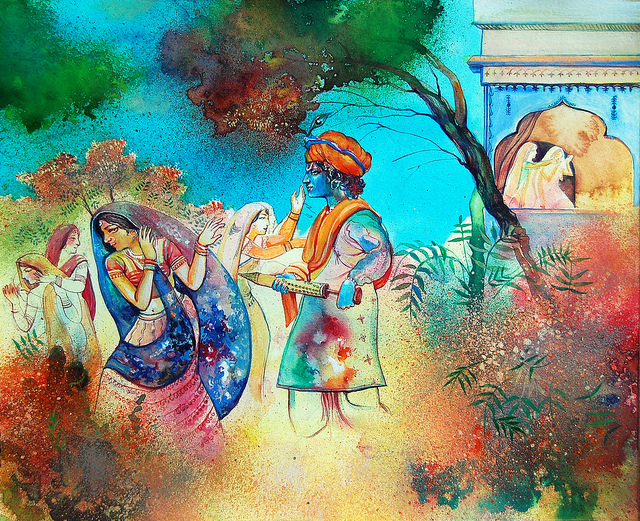
The Hindu calendar sets Holi during the Phalguna Purnima, or the full moon of the month called Phalguna. In the Gregorian calendar, this happens sometime between February and March.
In 2014, Holi will start on the 17th of March.
Origins
The world holi comes from Holika, a demonness who could not be burned and the sister of the king of demons, Hiranyakashipu. A boon given to Hiranyakashipu by Brahma for a penance made him difficult to kill. Because of this, Hiranyakashipu became arrogant and demanded that he should be worshipped instead of the gods.
Hiranyakashipu’s son Prahlada, was a devotee of Vishnu and would not stop worshiping the god despite his father’s threats. Many attempts were made to end Prahlada’s life, but he was always unharmed thanks to the protection of Vishnu. Incensed, Hiranyakashipu ordered his son to sit on a pyre on Holika’s lap. To their surprise, Prahlada remained unharmed, but Holika was consumed by the flames until she died. Prahlada’s salvation and Holika’s burning became the basis for the celebration of Holi.
Purposes of Holi
Thousands of Hindus join in the festivities of Holi each year. It welcomes the start of the spring season, although originally it celebrated the fertile land and good harvest.
Holi, like many other Asian festivals, also celebrate the triumph of good over evil.
Celebration and tradition
On the eve of Holi, bonfires are lit. Wood is gathered days before and are piled in major crossroads in the city. Effigies of Holika are placed on top of wooden pyres and burnt, representing the triumph of good over evil.
Play of Colors
The play of colors is the main celebration of Holi, and is done of the day of Dhuleti. This practice is said to be from a legend where young Lord Krishna was unhappy with his skin tone, compared to his beloved Radha’s fairer complexion. To appease him, his mother Yashoda allowed him to color Radha’s face using any color he wanted. This became the basis of throwing colored powder, a symbol of happiness and good fortune.
In modern times, these colors are made with powder dyed in various colors. Natural colors were used before, using turmeric, paste made of sandalwood and dyes extracted from flowers and plants. Synthetic colors are slowly replacing the natural colors, which have become a cause of worry for many people as it often brings adverse skin reaction as well as the concern for the materials’ toxicity.
Food
Of course, what celebration would be complete without food? Traditional Holi delicacies are prepared for consumption. Try the gujia, a North Indian dumpling-like dish. The pastry is stuffed with a mixture of roasted and grated dried fruits, coconuts and a milk food called khoya. Enjoy the biscuit called mathri that is simply made with flour and water and served with mangoes or chili and tea. To sweeten the deal, finish it with some malapua or Indian pancakes.
Holi is a gathering for thanksgiving and praise. It is a celebration filled with much fun and gaiety, a holiday where barriers are gone and people give in to the joy that is coursing through their veins. Join in the festivities, and you will find yourself laughing and smiling all throughout.
